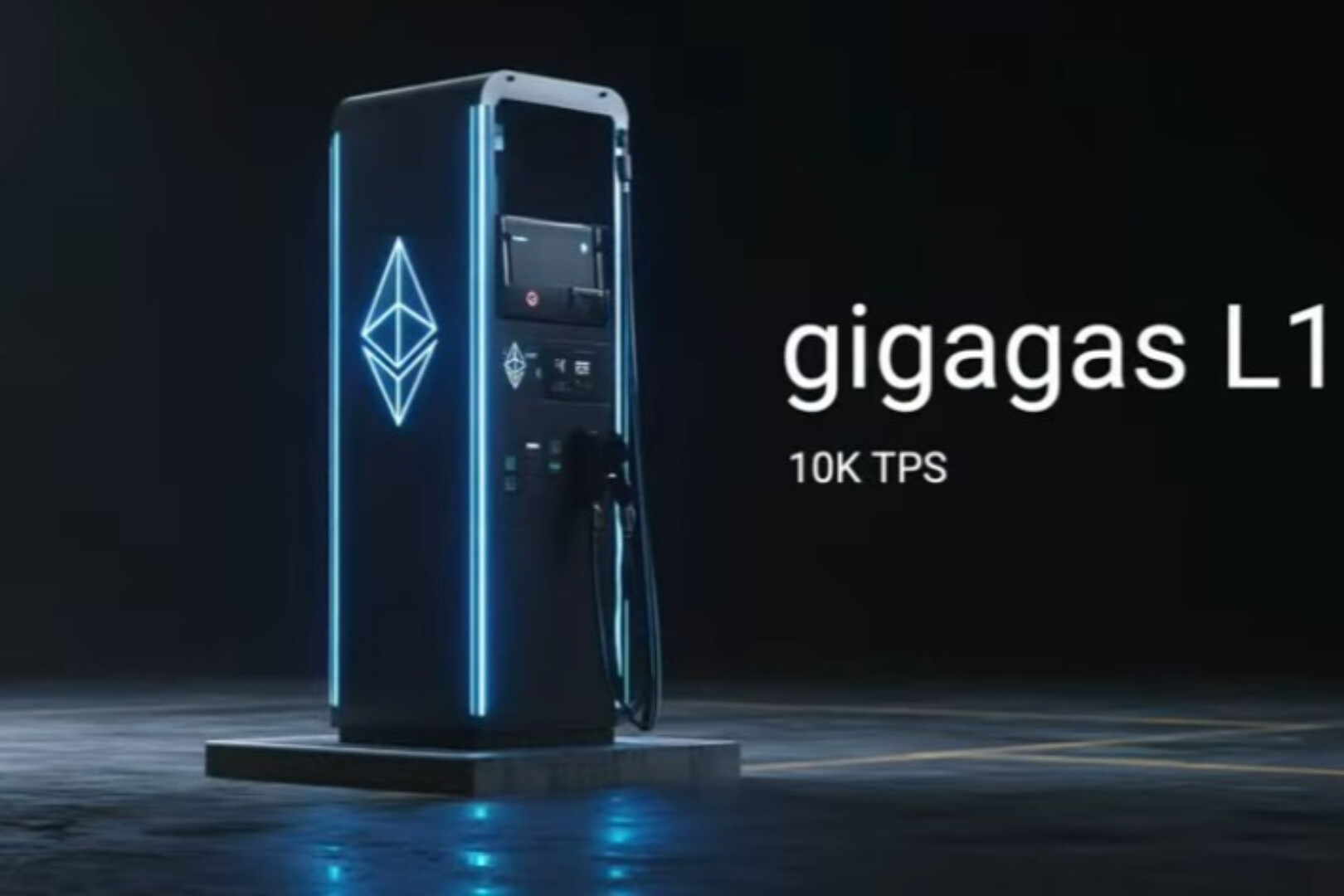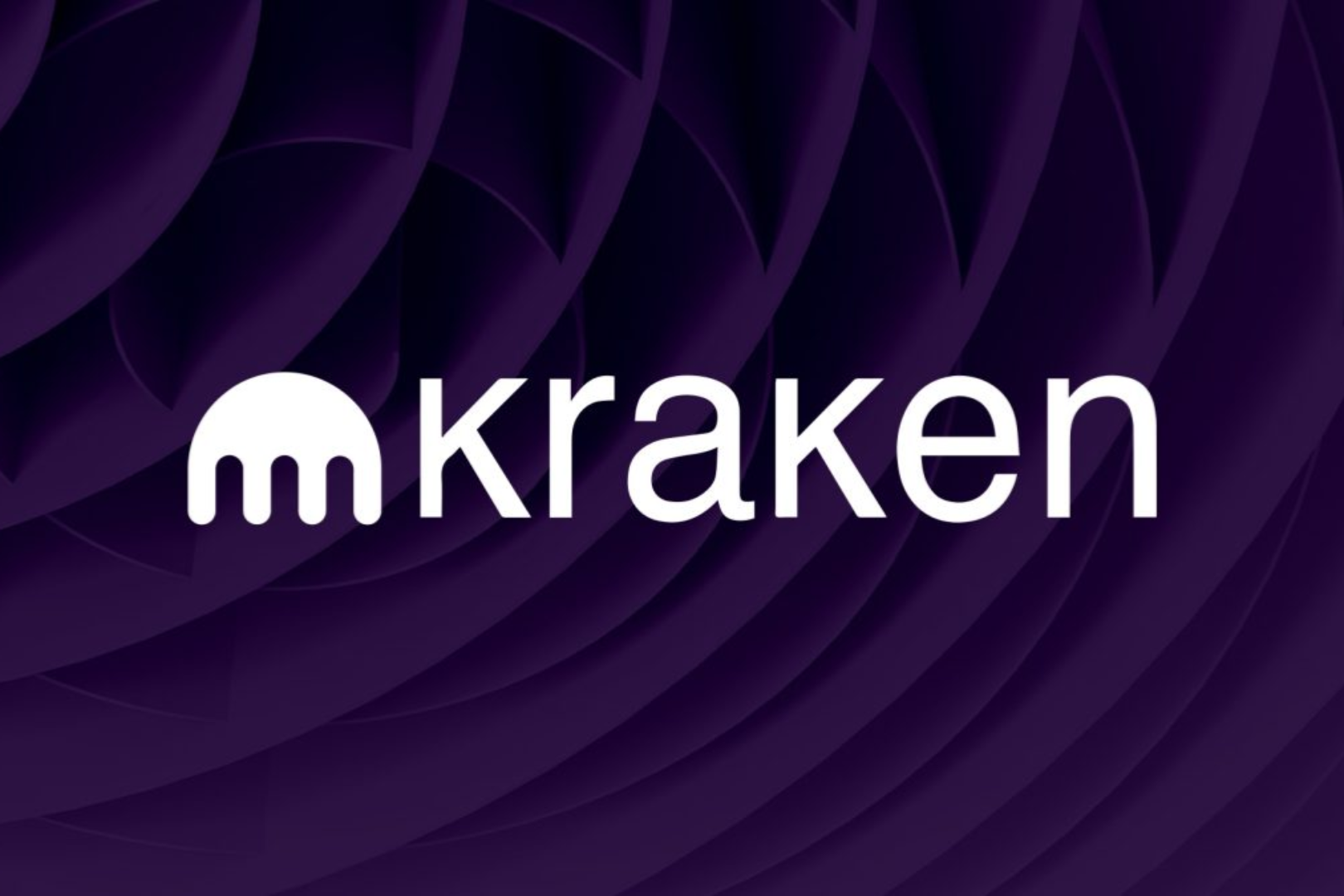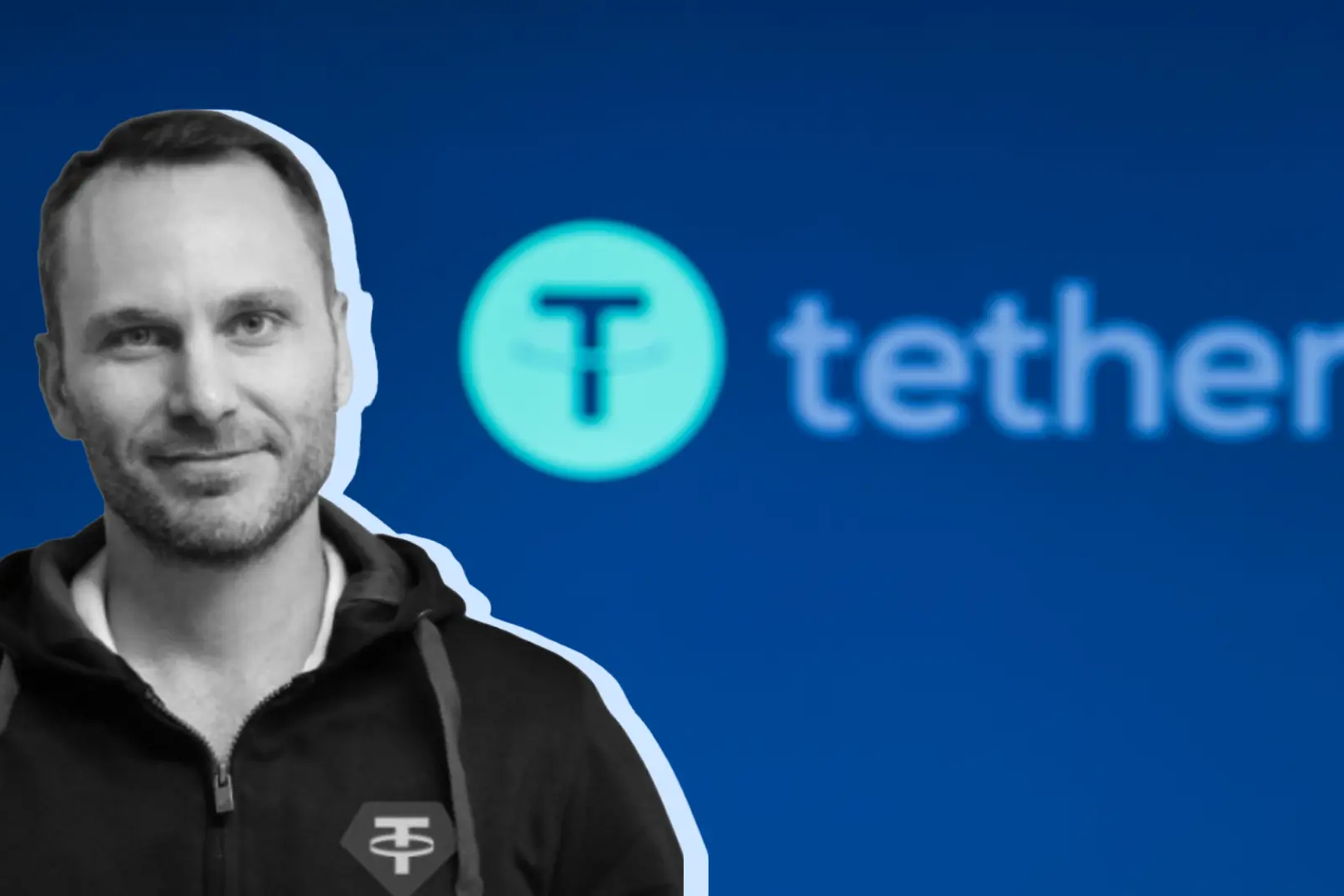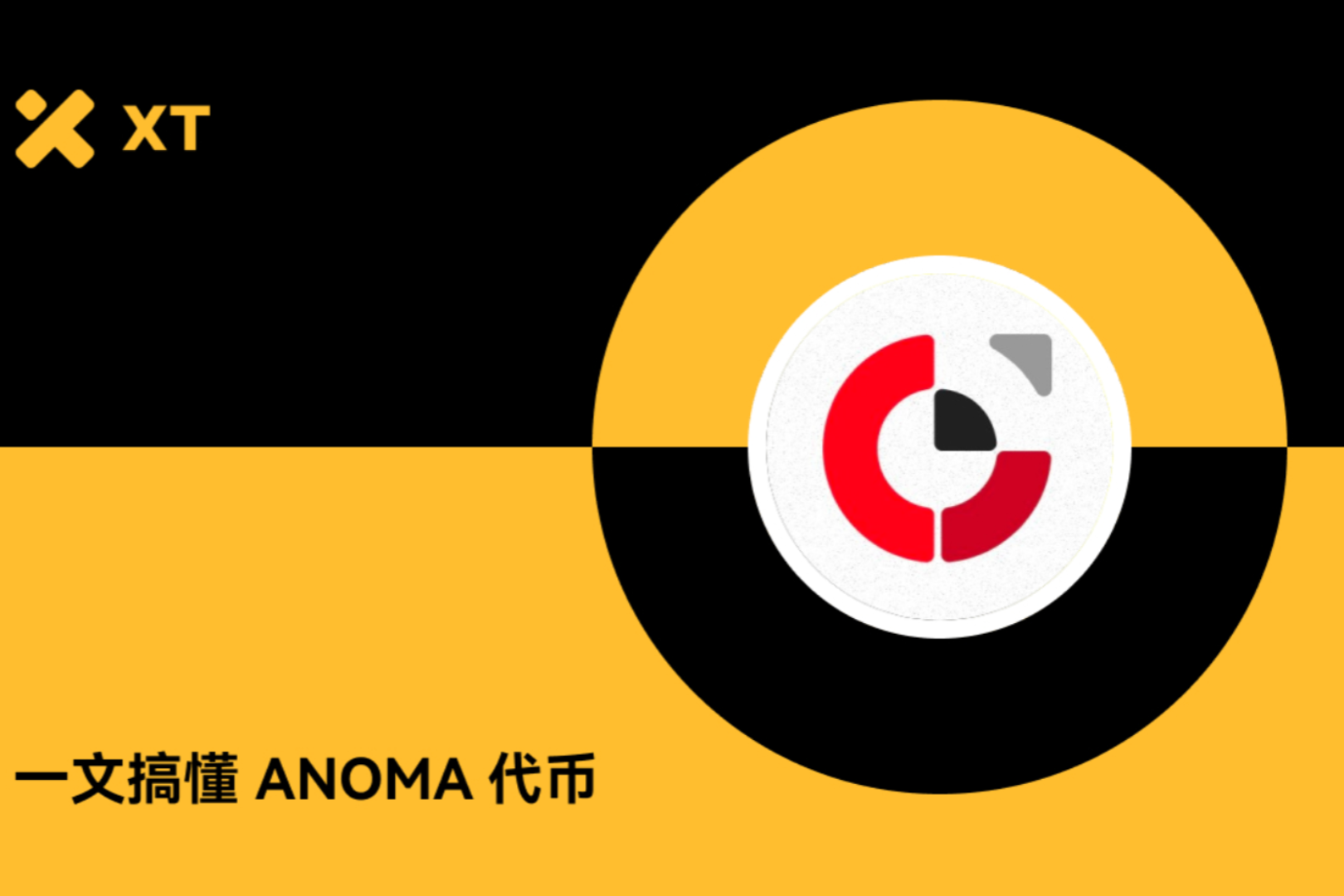
Author | Qin Xiaofeng
Editor | Hao Fangzhou
Produced | Odaily
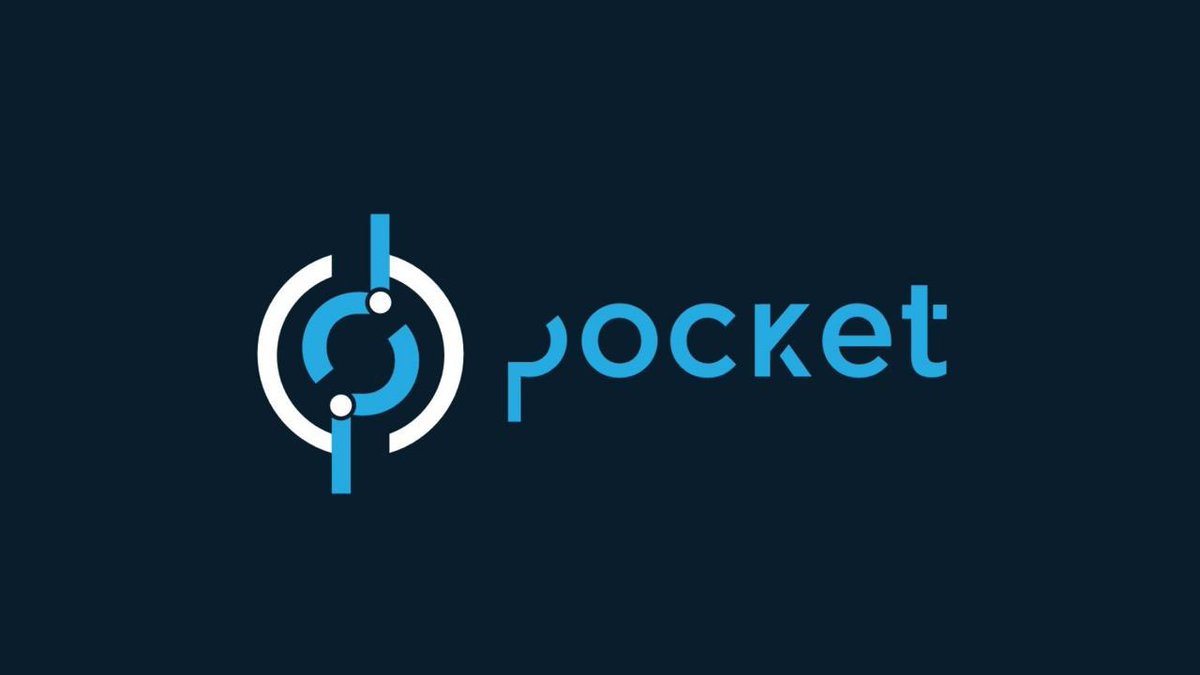
Author | Qin Xiaofeng
Editor | Hao Fangzhou
Produced | Odaily
In November 2020, a single point of failure occurred in Infura, the Ethereum network API provider, which paralyzed the entire network and sounded a wake-up call for the entire encryption ecosystem: with the extension of the underlying public chain of the blockchain and the sharp outbreak of interactive requests, How to avoid repeating the same mistakes?Improving the decentralized infrastructure construction has become the proper meaning of the question. Especially with the explosion of Web3 ecological applications, the daily data processing requirements of tens of millions are gradually normalized, and higher requirements are put forward for the compression resistance and scalability of the underlying infrastructure.
A project called Pocket Network anticipated today's situation as early as 2017 and laid out the Web3 middleware track in advance. Now it has seized the opportunity of the times and taken off.
At the same time, Pocket Network uses the native cryptocurrency POKT as an incentive to achieve value sharing, which not only provides rewards for node operators, but also minimizes the cost of developers, and ultimately achieves a win-win situation.
In the past 2021, the number of Pocket Network nodes increased from 589 at the beginning of the year to 18,637 at the end of the year, an increase of more than 3100%; the total network revenue also increased geometrically, with an average monthly increase of more than 200% in the second half of 2021, far exceeding Other middleware protocols like Arweave, The Graph, Livepeer, Akash, and Hemium. Recently, Pocket Network announced the completion of a $10 million strategic round of financing, led by Republic Capital, RockTree Capital, Arrington Capital, and C² Ventures, with participation from Coinshares, Decentral Park Capital, and Dominance Ventures.
The Web3 era is coming, how will Pocket Network lead the Web3 infrastructure revolution?
first level title
1. Web3 middleware is on the eve of the outbreak
On December 20, the Financial Times published an article explaining Web3 and its future prospects. Web3 is considered to be the future development trend of the Internet, and it has become a hot topic in the technology industry recently, and the attention has been increasing.
The encryption industry also has high hopes for Web3, looking forward to building a decentralized, code-as-law, license-free, and independent world through encryption technology. According to the ConsenSys report, the encryption market is still just a prototype of Web3, with great room for change.In fact, since the second half of 2020, the Web3 ecology has undergone earth-shaking changes. DeFi has become the biggest hotspot in encrypted finance, and various new applications emerge in an endless stream, covering various tracks such as lending, DEX, DeFi derivatives, stable coins, etc. Since then, NFT and GameFi have also become industry hotspots, giving birth to a large number of applications again.However, the prosperity of the application ecology has also brought greater pressure on the underlying infrastructure of Web3. The Ethereum network alone has been congested many times, causing gas costs to soar. Although the emerging public chain has partially relieved the pressure on Ethereum, it has also caused poor information exchange between different ecologies, and the island effect has become a major problem hindering the development of blockchain. For project developers, if they want to develop blockchains on different chains, they will face greater technical challenges and cost difficulties.
Taking Ethereum as an example, if developers want to develop, they must run a full node, but this has high requirements for basic hardware and cost, and requires a lot of manpower, material resources, and financial resources. therefore,
For example, if you choose the API provider Infura, you don’t need to build your own Ethereum node, which greatly reduces the threshold for accessing Ethereum data.
therefore,But this centralized solution has a fatal flaw. Once the API provider goes down, it will directly lead to the deactivation of the entire application, and it may even cause a coin loss event. This is not alarmist talk. In November 2020, Infura suffered a serious failure, which affected a large number of DeFi applications and trading platform services were interrupted. The Ethereum light wallet MetaMask had abnormal balance display and data delays.With the explosion of applications, Infura processes up to 10 billion requests per day, and every failure is a serious damage to the ecological value of the Ethereum network and user loyalty. Ethereum developer Afri Schoedon once said that if DApps have been relying on centralized service providers like Infura, the long-term vision of Ethereum will never be realized.
therefore,
For developers, the best solution is to choose a decentralized infrastructure.At present, the underlying public chain has exploded, and the first step has been taken. The next step is to realize public chain interoperability (interoperability), and middleware projects will usher in new development opportunities. With the continuous development of Web3, we can imagine a future where middleware concentrates a large amount of resources on easy integration with other projects, without being restricted by the underlying public chain, and lowers the threshold for developers. This is exactly the direction that Pocket Network has been working hard for .
As encryption gradually enters the mainstream, requests for processing blockchain data will increase exponentially. Pocket Network will provide decentralized infrastructure support for projects on various blockchains, and will promote tremendous changes in the Web3 ecology. Judging from its location,
Web3 middleware is a highly deterministic high-speed growth track, and it is on the eve of breaking out. Pocket Network will benefit from the evolution of the Web3 wave for a long time.
2. Pocket Network opens up the rising channel of Web3
simply put,The history of Pocket Network can be traced back to 2017. At that time, the encryption market ushered in a bull market, and the frequency of transactions increased, which had an impact on the public chain ecology. More representatively, the release of "Crypto Kitties" caused increased congestion on the Ethereum network. Michael O'Rourke had a premonition that this situation would intensify in the future, so he and his partners wrote smart contracts and developed Pocket Network. Today, the data processing requirements of encrypted networks are increasing day by day, which also verifies Michael's prediction.simply put,
Pocket Network is a distributed API infrastructure built for Web3 applications, providing a trustless API layer that supports seamless and secure interactions between blockchains and between applications.
The project aims to build a complete distributed network of blockchain nodes. Through the trustless protocol provided by Pocket API, developers can easily integrate blockchain technology into websites, mobile applications, and the Internet of Things, and reach mainstream consumer. As Web3 middleware, Pocket Network provides a complete underlying network full-node incentive and Web3 application decentralized data acquisition solution, providing a coordination layer with decentralization as the core for Web3 infrastructure and upper-layer applications.
secondary title
What's more, Pocket Network creates a permissionless two-sided market by using the native token POKT - both application developers and node providers will buy and stake POKT.
in conclusion:Specifically, by staking POKT, developers can obtain free available relays during the staking cycle, and the amount of POKT that needs to be pledged is proportional to the number of relays required. Currently, for every POKT pledged, 13.3684211 relays can be used in one session (one session is 60 minutes long), but the governance mechanism will adjust this parameter in due course according to the price fluctuation of POKT token.
Node providers can obtain POKT by deploying hardware and providing resources. Each successful relay service will mint 0.01 POKT as a reward, of which 89% will be allocated to the service node that completes the relay work, and 1% will go to the block producer (that is, generate block verification nodes), and the remaining 10% goes to the Pocket DAO Foundation. However, the node provider also needs to pledge POKT in each node, mainly to ensure the stability of the node in providing data services and not doing evil. Once the operating node sends invalid data or continues to go down, it will be punished accordingly. The minimum stake required to run a single node is 15,000 POKT; additional tens to hundreds of POKT are typically staked to prevent slashing penalties.
in conclusion:
Nodes can obtain incentives by maintaining the operation of the Pocket Network network, and at the same time assume obligations; developers pledge tokens as a fee for using the network. It should be emphasized that developers are actually using the network for free to some extent, and the cost is almost zero.
Although Infura also has a free model before, developers can only create up to 3 items for free, and the API service can submit up to 100,000 requests per day; developers with more needs need to pay $50 to $1,000 per month There are varying fees with limits on the number of API requests per day and support response times. This model is undoubtedly a considerable burden for some encryption start-ups.PUP-11: WAGMI InflationOf course, there is also a problem with POKT's economic model incentives: as the usage of the Pocket Network increases, the newly added POKT will inevitably cause inflation, resulting in a decline in token prices.
To limit inflation, such as establishing the Application Burn Rate (ABR), to ensure that the minting rate and burning rate are equal, so as to ensure the balance of the network (it can be compared to EIP-1559 destroying ETH).
secondary title
(2) Brilliant data: Nodes surge and revenue soarstext
In February 2020, Pocket launched the incentive testnet; after several months of testing, the Pocket Network mainnet was officially launched at the end of July 2020, and the mainnet has been running for more than a year and a half. For a major Web3 middleware project, Pocket Network has also achieved some unique achievements.The first is to increase public chain support.
Pocket Network is currently extended to Ethereum, Solana, Fuse, Binance Smart Chain, Polygon, xDAI, and Avax, with more networks in testing. Also, Pocket Network has partnered with Harmony to migrate and manage a portion of their public RPC traffic. (Note: The Harmony ecosystem is one of the most trafficked networks right now.)Furthermore, the stability of the network continues to increase.
For example, when Infura fails, all applications using Pocket Network are not affected and can still trade and interact with smart contracts. This is because Pocket Network node operators basically run multiple Ethereum clients (Geth, OpenEthereum, Nethermind or TurboGeth), making network services more resilient.
Secondly, network nodes proliferate.Through the POKT incentives, node operators have expanded more nodes to obtain higher returns, driving the increase in the number of nodes in the entire network, and further improving security and stability. The data shows that the number of nodes in 2021 will increase from 589 at the beginning of the year to 18,637 at the end of the year, an increase of more than 3100%. Currently, more than 1000 new nodes join the Pocket Network network every week.
Finally, the revenue of the agreement has skyrocketed.
With the exponential growth of relay volume, protocol revenue has also exploded, with an average monthly revenue growth of 244.72% since July 2021. Taking November last year as an example, according to data from Web3Index, Pocket Network generated demand-side fees of US$1.45 million and total network revenue of US$29.5 million in that month, an increase of over 300%, which was 7 times the demand-side fees generated by Arweave and was The Graph's November revenue was 163 times, ranking first.
"When we first approached Web3Index and showed them our on-chain data, they were amazed," said Michael O'Rourke.
secondary title
(3) Highly composable
“Our economic model encourages node operators to scale their nodes in order to seize more opportunities to randomly choose to participate in work, serve applications and earn POKT, which is full node incentives.”
in addition,Specifically, people run nodes in different setups, from home bare metal servers, to local data centers, to cross-regional cloud providers, minimizing single points of failure and network disruption due to some unforeseen black swan event. possibility of paralysis. Nodes are distributed across the globe as new application traffic centers emerge in different regions. These node operators race to deploy nodes where they are needed to reduce latency between applications and nodes. Moreover, the service nodes are random and are replaced every hour to prevent the abuse of data used by application developers and protect privacy.In the long run, Pocket Network, as a new decentralized middleware protocol, will gradually replace traditional centralized service providers. In the old model, the middleman gets value from the user; in the new model, the user (our developers/applications) gets value from the middleware protocol. The old model will not be able to compete with the cost-effectiveness and other emerging advantages of middleware protocols such as Pocket Network.
Pocket Network is also highly composable and can complement other middleware protocols.
Each of these application-specific middleware protocols, or "infrastructure Legos," provides a solution for a different layer of the stack: The Graph is at the indexing layer, Arweave is at the storage layer, Akash is at the cloud layer, and Livepeer is at the video transcoding layer. code layer, Pocket belongs to the RPC layer.
To demonstrate the composability of middleware, Pocket encourages developers to build projects that integrate The Graph and Pocket. For example, ERCgraph uses Pocket Network for ERC20 data, and The Graph for information on Uniswap, Balancer, and Sushiswap pools.
first level title
3. Ace team, moving towards the future
Today's Pocket Network has become a leading player in the Web3 middleware track. A good product is often inseparable from the support of an excellent team. The following is the background of its core team members.
Michael O'Rourke. Michael is a self-taught IOS and Solidity developer who previously owned and operated a blockchain development agency. In 2016, he discovered the need for a decentralized infrastructure and started building the current Pocket Network. Michael previously worked for Block spaces, the largest Bitcoin/cryptocurrency consulting firm in Tampa Bay, where he focused on teaching developers Solidity.
Luis C De Leon. Luis is a systems engineer and entrepreneur with extensive experience in finance, telecommunications, social media and art, specializing in taking products from conception to implementation in the most efficient way possible. His goal is to bring the high-energy productivity engine of the traditional Internet into the encrypted field.
Alex Firmani. Alex is currently the Director of Engineering at the Pocket Network Foundation; he spent 18 years at an industry-leading media company in Los Angeles, where he served as a technology manager, built the R&D team, and served as the CTO for 8 years; full-time since 2017 Worked in architecture and engineering at cryptocurrency companies.
Jack Laing. Jack is a governance architect who has been involved in the thriving DAO ecosystem for many years and now leads all community governance efforts on Pocket Network.
Adam Liposky. A veteran of VCs and startups, Adam is a full-fledged operations officer who has played a key role in the organizational expansion of multiple cryptocurrency projects, currently helping Pocket Network execute on protocol economics and key growth initiatives.

